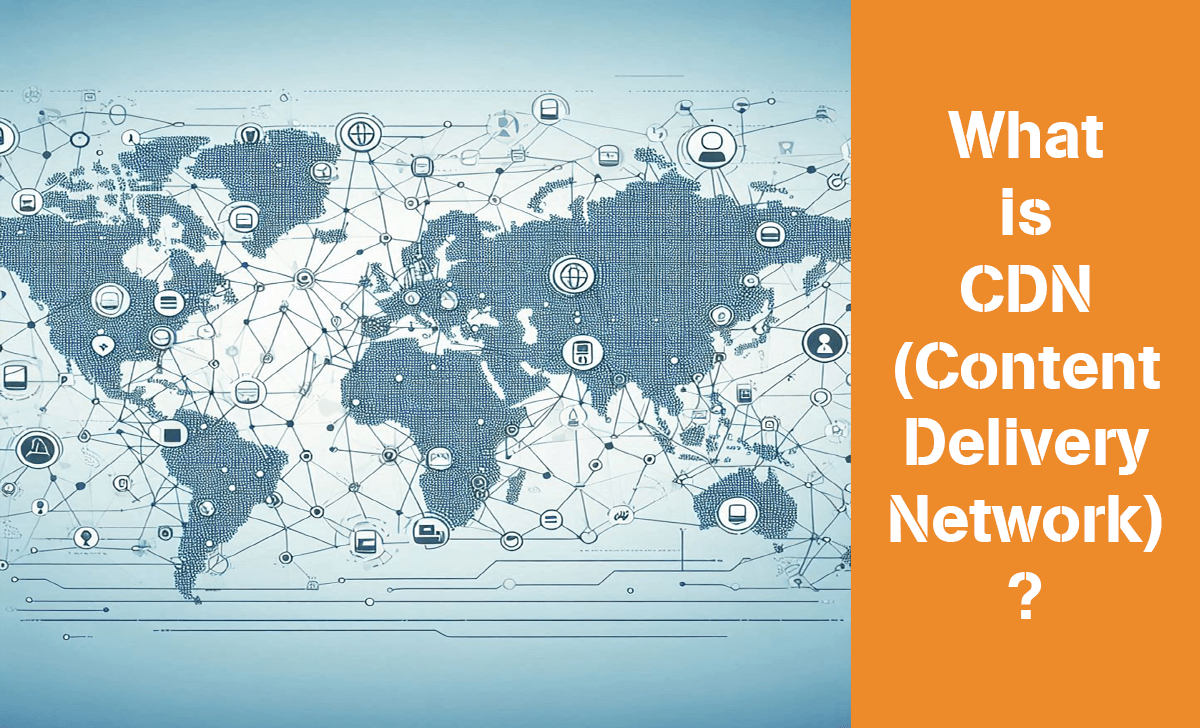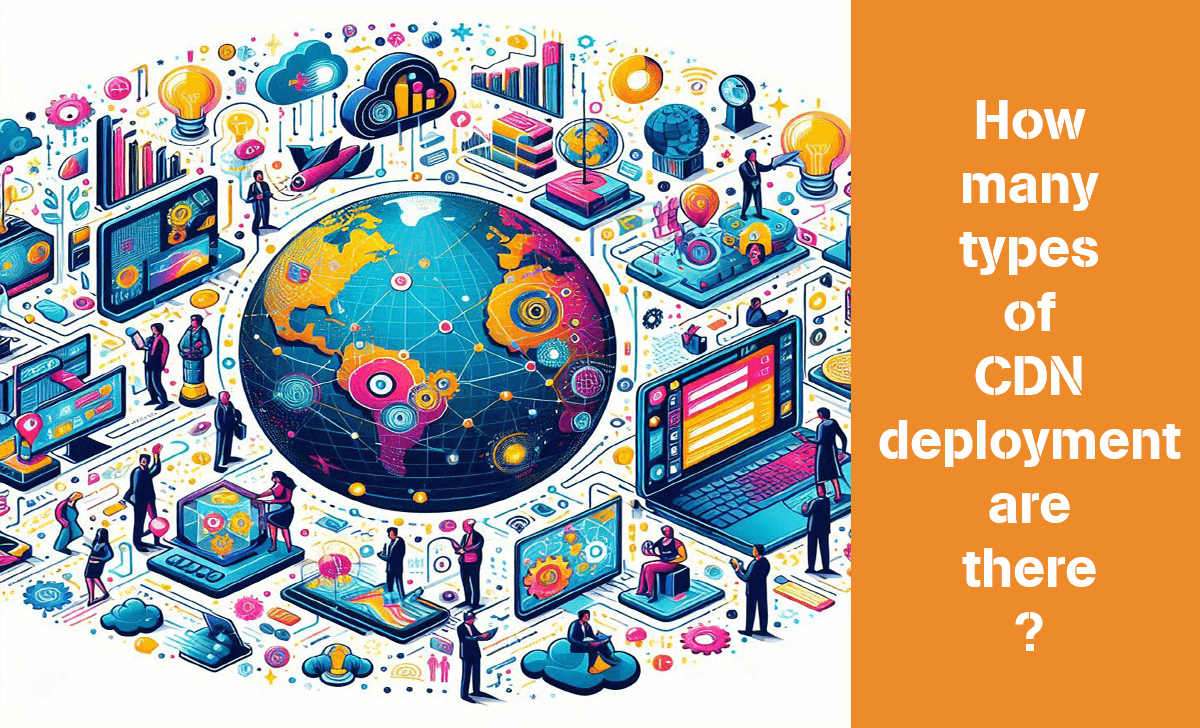CDN (Content Delivery Network) is a network of interconnected servers that speeds up website loading for data-intensive applications. Accordingly, this network is scattered everywhere around the globe.
If you want to learn more detailed information about the concept of CDN (Content Delivery Network), please take a moment to follow upcoming content from AZCoin.
What is CDN (Content Delivery Network)?

Content Delivery Network, or CDN in short, is a network of many distributed servers in many locations worldwide. This network aims to increase website loading speeds, minimize main server load, increase the ability to deliver heavy-duty content, and improve user experience when accessing websites.
Thanks to this CND network system, when any user wants to access the website, that website content will immediately be distributed from the nearest server to the user. It helps reduce response times and minimize network latency issues.
More information to share with you is that CDN technology appeared very early in the late 1990s with the same purpose. Since then, this technology has gone through three generations of development including:
- The first generation focuses on data center networking and intelligent network traffic management.
- The second generation focused on responding to the rise of online audio and video streaming services, especially on-demand video.
- The third generation is expected to be completely community-driven, autonomous, and self-managed with a primary focus on improving the quality of experience for end users.
How does the Content Delivery Network work?

A standard Content Delivery Network system will operate through 3 main steps including:
- Caching: This is the process of storing multiple copies of the same data, whereby when a user accesses a website, this access request will be transferred to the origin server, and the origin server will immediately send a response. also sends a copy of the response to the CDN’s POP in the geographically closest location for that access, when the user makes the same request the caching server will respond instead.
- Dynamic acceleration: This is the process of reducing server response time to dynamic web content requests thanks to CDN servers intermediating between web applications and clients, where CDN servers can The role forwards requests to the origin server and forms a persistent connection.
- Edge Logical Calculation: This is the process where the CDN edge server performs logical calculations that simplify the communication process between the client and the server. This activity helps developers reduce the computational requirements of the server. root server and improve website performance.
How many types of CDN deployment are there?

The current Content Delivery Network system development is divided into expressions compatible with 3 different types of services, including:
- Pull HTTP/Static: This is one of the popular forms of CDN service. To use it, users need to declare the domain name of the website that needs to use CDN or server IP, and then CDN PoPs will automatically access it. go to the website and save a copy of the static content inside. From here, users can access files on the website with the provided CDN link or use their domain name for the CDN.
- POST/PUSH/PUT/Storage CDN: Form used to upload static files such as images, videos, documents,… to the server, allowing users to directly download content that needs to be distributed via CDN to the server via popular protocols such as FTP or HTTP.
- Streaming CDN: A form used to distribute online content such as live TV shows, events, online sports tournaments,… with the ability to optimize your video viewing experience. users, minimizing buffering and keeping videos streaming without interruption, a feature used by many big names like Twitch, Youtube, Betus,…
Also, if you are an investor or simply interested in the cryptocurrency market, we suggest you take a look at the best crypto exchange site here.
Benefits and limitations of using CDN

Similar to any other system, deploying and using CDN (Content Delivery Network) brings both benefits and certain limitations such as:
Benefits
- Significantly improve website loading speed and enhance user experience.
- Minimize response times and unnecessary network latency.
- Deliver content more efficiently and significantly reduce the load on the main server.
- Improve website load capacity and stability over time.
- Strongly increase the security and reliability of the website.
- Significantly reduces main server operating costs.
Limitations
- High costs of using CDN services from large companies and organizations.
- Performance depends on CDN’s PoP (Point of Presence) distribution globally.
- Content control is more difficult and can result in copies of content being distributed across different PoPs.
- There may be data privacy and security issues when using CDN services from untrusted companies.
Conclusion
So we have come to the end of all the content related to the concept of CDN (Content Delivery Network). Thank you for taking the time to read and see you again in other content at AZcoin.

I am Tony Vu, living in California, USA. I am currently the co-founder of AZCoin company, with many years of experience in the cryptocurrency market, I hope to bring you useful information and knowledge about virtual currency investment.
Email: [email protected]











